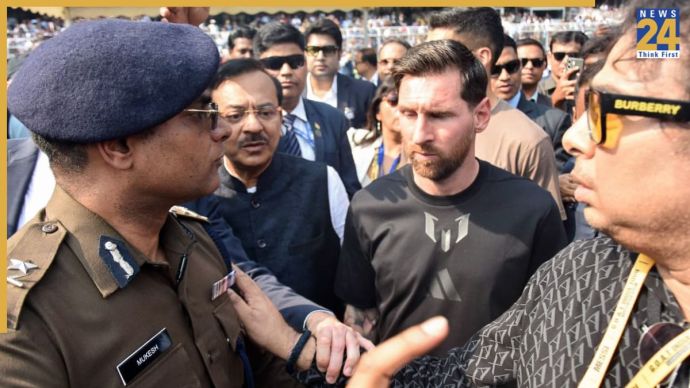Shravan month in considered auspicious for Hindus in India and all over the world for its religious importance and significance. As the monsoon has entered most parts of the country, the holy month of Shrawan is set to begin from July 4 and will continue for two months till August 31 owing to the month of ‘Malamas’ also called ‘Adhik Mas’.
This month elongation is rare and occur after almost two decades. The elongation is occurred due to the inclusion of ‘Malamas’month,an additional month inserted into Hindu calendar to maintain synchronisation with the lunar cycle.
This year the celebration of Shrawan will be continued for two months compared to the usual duration. Therefore, instead of the four Mondays and four Tuesdays dedicated to Lord Shiva and Goddess Parvati, 2023 has eight Mondays and eight Tuesdays. This is the golden chance for devotees to express their feelings and devotion to their God.
Falling on the fifth month of the Hindu lunar calendar, each Monday (Shravan Somwar) is devoted to Lord Shiva, and each Tuesday to Goddess Parvati during the month of Shrawan. On Tuesdays, it is common to observe fasts for Goddess Parvati. This fast, Drik Pachang says, is known as Mangal Gauri Vrat. The legend, myth, and significance of this holy festival have much impact on Hinduism and the Hindu lunar calendar. As such, Shrawan is observed as the holiest month in Hinduism.
History and Significance
It is believed that Lord Shiva drank poison that came out from the Samudra Manthan in order to save universe and to get amrit (nectar) for saving the human existence. However, Goddess Parvati saved him from the poison which resulted in further pain and injuries to Lord Shiva.
A part of Shrawan tradition is for Lord Shiva’s devotees to bring him holy water from the river Ganga so his wounds could heal. Moreover, fasts are kept on Shravan Somvar to thank Lord Shiva and also to pray for prosperity, success, and marriage. This month is entirely devoted to Lord Shiva.



